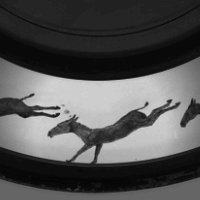Gather field sound material and then use it as a basis for drawings.Pick some different types of fields, as: - Repetitive background noise, like a train passing by - Sporadic clustered noise, such as people walking across schoolyard / park with dogs - Sounds of tv program/ talk show in unknown language - Various types of silence: with different emortional charge (awkward silence, silence before the storm, concentrated silence between two loud noises, eternal silence of outer space, etc.) - Sounds from the inside spaces: big/small rooms, bars, cafes, library, in public transport, inside own home, train station, church, theater, hairdresser, hospital, lavatory, bathroom - Sounds of nature vs man-made: wind, car sounds, church bells, bird songs, dog bark, rain, thunder - Sounds based on objects found in the field: knock on wood, rotating / breaking the glass, pouring/ boiling the water, clicking on switches, echo of different places, hand dryer, crumpling plastic bag.






 Pictocharts for 1968 Mexico Olympic Games, by Lance Wyman (US)
Image source: http://www.tapook.com/2012/07/olympic-pictograms/
Pictocharts for 1968 Mexico Olympic Games, by Lance Wyman (US)
Image source: http://www.tapook.com/2012/07/olympic-pictograms/
 Calibri has been behaving badly, tell us presentation specialists at Slidebean:
Calibri has been behaving badly, tell us presentation specialists at Slidebean:







